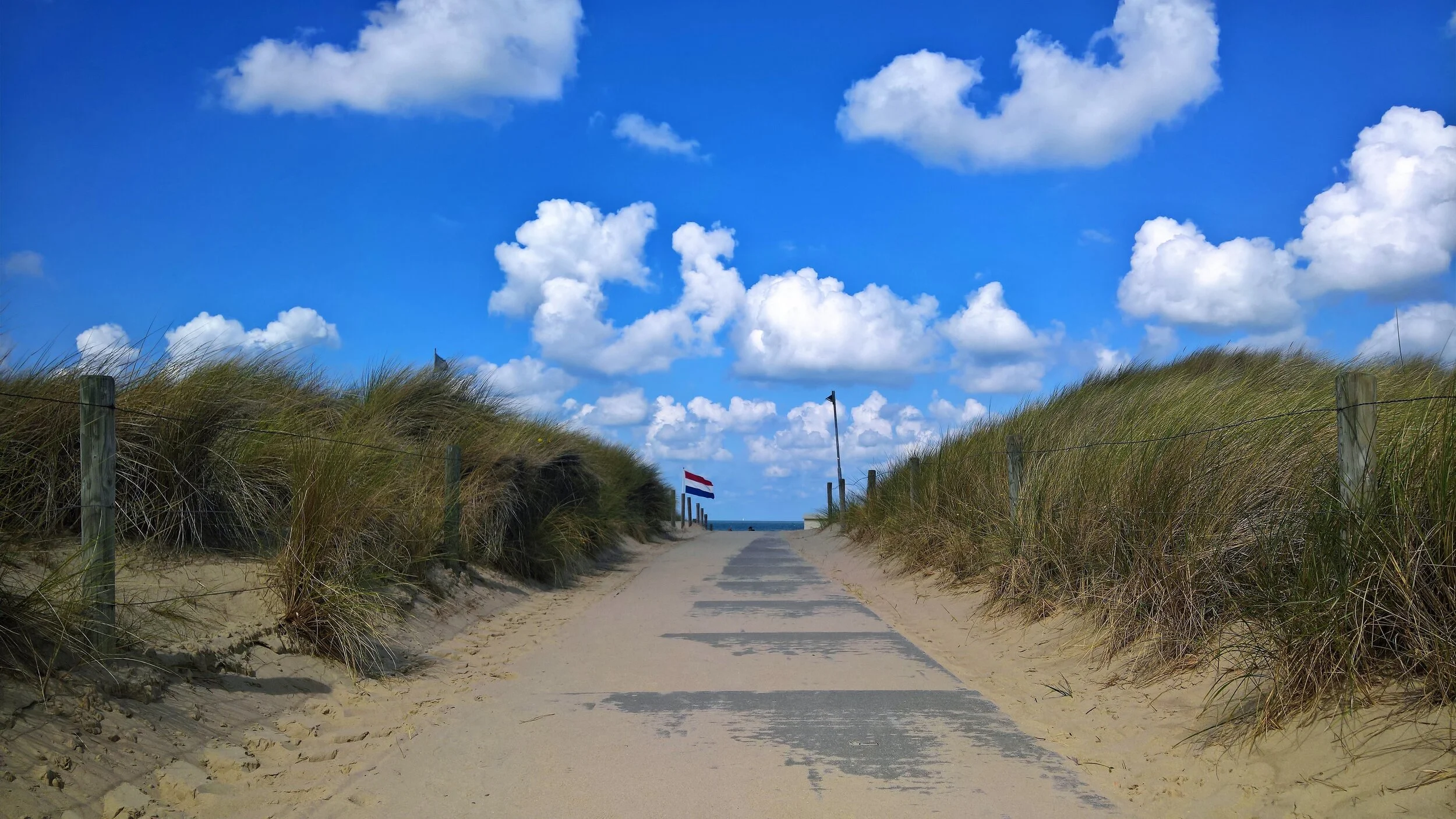The smallest city in the Netherlands
The Netherlands is covered with nice little places that either called stad (city) or dorp (village). There is not really something in between, like town in the Anglo-Saxon language. With no room in between, a place in the Netherlands is either a city or a village. The distinction between the two denominations is usually size and/or population density but no fixed rules on where the line is between a village and a city, as far as I know. A better criterium therefore is whether a place has historically been granted a city charter or not.
A city charter was a way for kings to collect money in their kingdom dating back to the middle ages. By granting a settlement a charter (or town privileges), it passed autonomy from the king to the town inhabitants in exchange for money. From now on the town could enforce its own taxes and justice, organize markets and build city walls. With very limited options to raise taxes in his kingdom, it was an effective way to raise money for the ruler. Usually, with more autonomy the city could also develop itself better than before.
The institute of the city charter is no longer in use anymore, so new municipalities can never achieve an official city charter resulting in relatively large town such Almere (the eight largest city in the Netherlands) to have no official claim to be a city. Equally fascinating is that the opposite also occurs once mighty towns that were granted a city charter but since then have declined to nothing more than a hamlet can still claim to be a city. One of the more interesting is the ‘city’ of Bronkhorst in the east of the country, counting less than 100 inhabitants.
Bronkhorst started as a castle built by the eponymous lords of Bronkhorst on a strategic point at the river Ijssel. The surrounding settlement that supported the castle was granted its city charter in 1482. The castle was set to fire by the Spaniards during the eighty-year war and in the seventeenth century the village itself suffered a big fire. The castle slowly declined into a ruin and in 1920 it was decided to remove any remaining parts altogether so now there is only the small hill were the mighty fortress once stood. If you climb the hill you can get an idea how the castle looked because there is small bronze miniature on the hilltop.
The town itself with its handful of houses is a curiosity and although not worth a daytrip definitely worthwhile a detour when you are passing by, for example when you are visiting Deventer or Zutphen. There are several art galleries and a restaurant that serves dishes made from local ingredients. It even organizes an annual Dickens festival where the whole town travels back in time to the Victorian era. One of the most interesting spots is an old Jewish cemetery at the Maneveld, in use since 1811.
The first Jewish person living in Bronkhorst was recorded in 1727 when he was allowed to settle by the local authorities. The place where the small Jewish community (never more than 50) practiced their faith was officially recognized as a synagogue in 1859 and in the same year the first official burial took place. The synagogue was demolished in 1962 and the last person was buried in 1962. Since then, the minimalistic cemetery of 17 tombstones is maintained by the municipality of Brummen according to the Jewish tradition that prescribes that graves are never to be removed.






